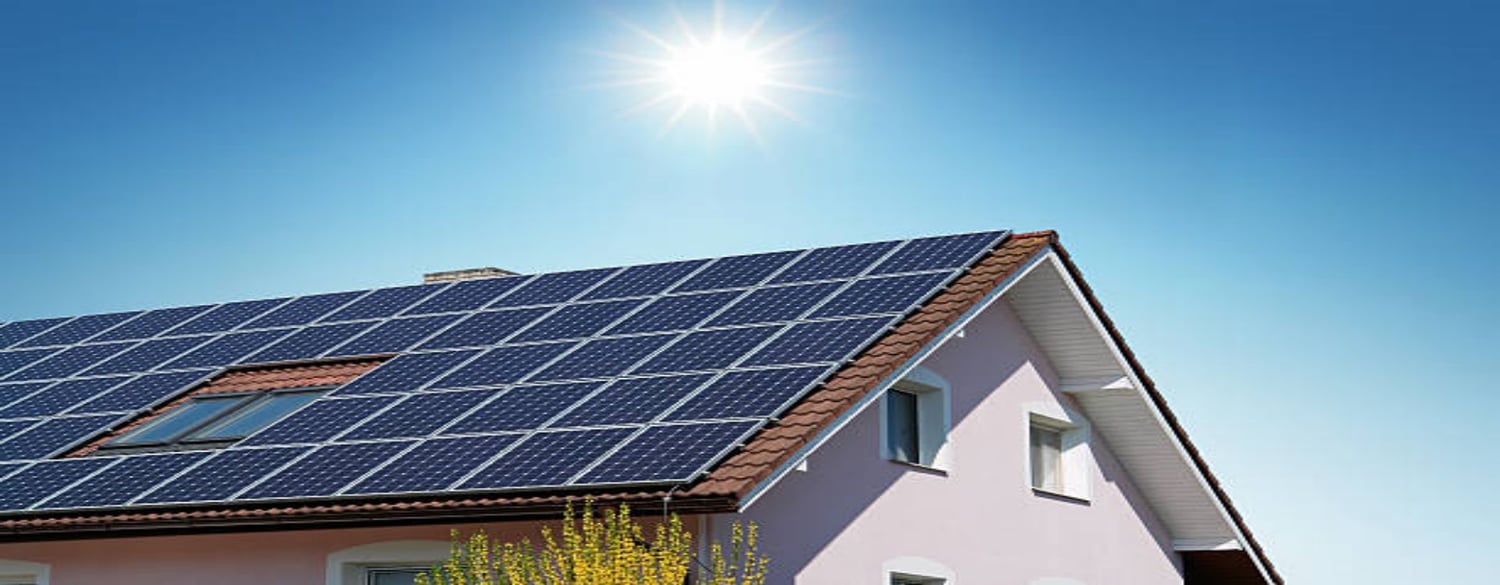The Importance of waterproof solar blanket material compositionWhen it comes to selecting materials for solar blankets, one crucial aspect to consider is their ability to withstand various weather conditions. Waterproof materials are essential to ensure the longevity and efficiency of solar blankets, especially when exposed to outdoor elements. The composition of these materials plays a significant role in determining the overall quality and durability of the product.Durable Fabric for Long-Term UseThe fabric used in waterproof solar blankets is typically made from high-quality materials that are designed to resist tears, punctures, and UV damage. The composition of the fabric often includes materials like polyester, nylon, or a combination of both, which are known for their durability and strength. These materials ensure that the solar blanket can withstand the rigors of outdoor use and provide long-term protection for solar panels.Waterproof Coating for Added ProtectionIn addition to the durable fabric, waterproof solar blankets are often coated with a specialized material that provides an extra layer of protection against moisture. This waterproof coating is usually made from materials like polyurethane or silicone, which create a barrier that prevents water from seeping into the fabric. This coating is essential for ensuring that the solar blanket remains dry and functional, even during inclement weather conditions.Insulating Layers for Enhanced EfficiencyAnother important aspect of the material composition of waterproof solar blankets is the presence of insulating layers. These layers are designed to help regulate the temperature of the solar panels, preventing heat loss in cold weather and reducing overheating in hot conditions. Materials like closed-cell foam or aluminum foil are commonly used in these insulating layers to improve the overall efficiency of the solar blanket.Lightweight and Portable DesignDespite their durable and protective properties, waterproof solar blankets are designed to be lightweight and portable for easy transportation and setup. The materials used in their composition are chosen not only for their strength and water resistance but also for their ability to be folded or rolled up compactly. This makes them ideal for camping, hiking, or any outdoor activity where solar power is needed.Eco-Friendly Materials for Sustainable EnergyAs the demand for renewable energy sources continues to grow, the use of eco-friendly materials in waterproof solar blankets is becoming increasingly popular. Many manufacturers are now opting for sustainable materials like recycled polyester or organic cotton in the composition of their solar blankets. These environmentally friendly materials help reduce the carbon footprint of solar energy production and promote a more sustainable future.UV-Resistant Materials for LongevityExposure to UV rays can cause damage to solar panels over time, which is why using UV-resistant materials in waterproof solar blankets is essential. The composition of these materials may include additives or coatings that provide protection against UV radiation and help prolong the lifespan of the solar panels. By choosing UV-resistant materials, users can ensure that their solar blankets remain effective over many years of use.Flexible and Tear-Resistant ConstructionFlexibility and tear resistance are key factors to consider when evaluating the material composition of waterproof solar blankets. The materials used should be able to withstand bending, folding, and stretching without tearing or losing their protective properties. Flexible materials like PVC or polyethylene are commonly used in the construction of solar blankets to ensure durability and longevity.Easy to Clean and Maintain MaterialsTo ensure the longevity of waterproof solar blankets, it is important to choose materials that are easy to clean and maintain. The composition of the materials should allow for simple wiping or washing to remove dirt, dust, or debris that may accumulate on the surface of the solar blanket. This easy maintenance routine helps to preserve the efficiency and appearance of the solar panels.ConclusionThe material composition of waterproof solar blankets plays a crucial role in their performance, durability, and longevity. By selecting high-quality materials that are waterproof, durable, insulating, lightweight, and eco-friendly, users can ensure that their solar blankets provide reliable and efficient power generation for years to come. Understanding the importance of material composition can help individuals make informed decisions when choosing the right solar blanket for their needs.Quote Inquirycontact us










